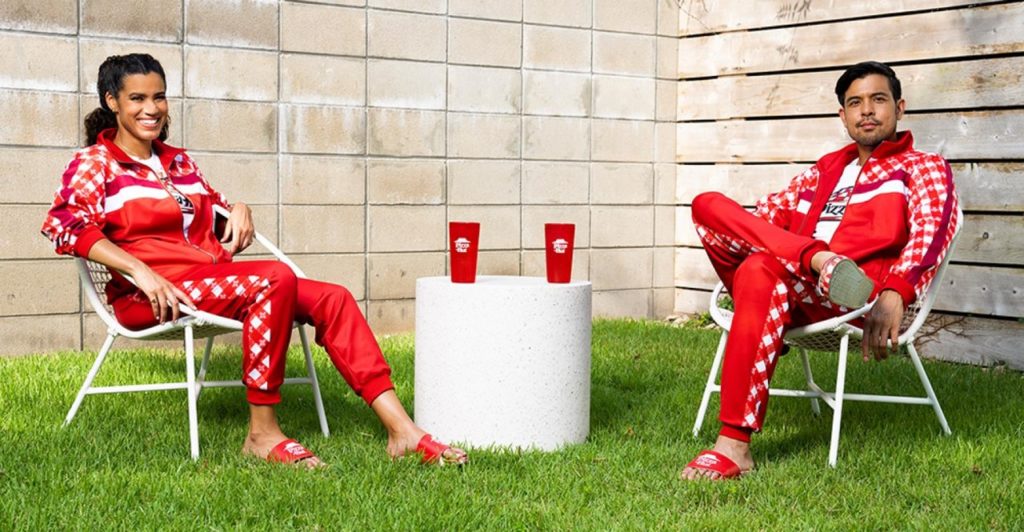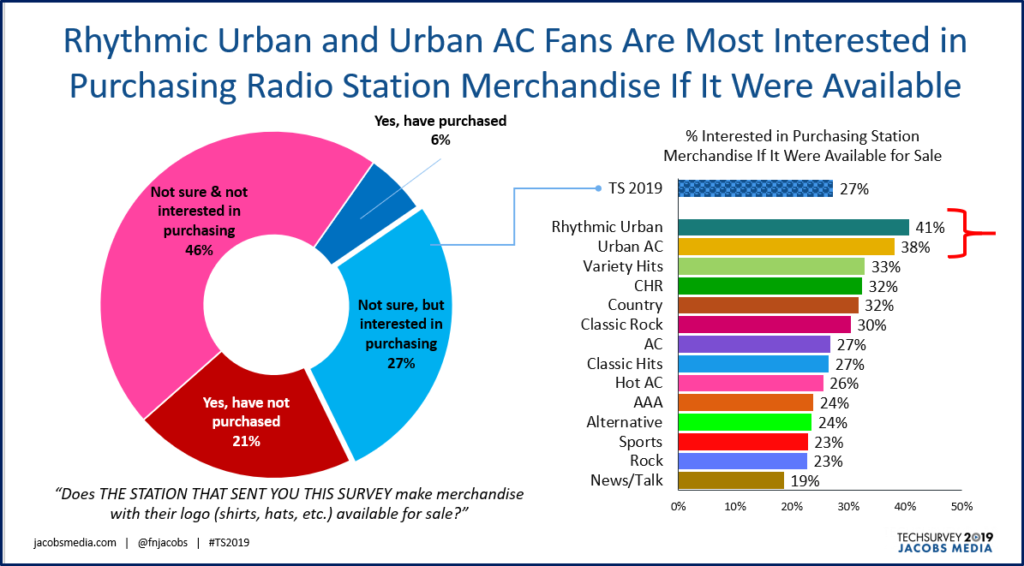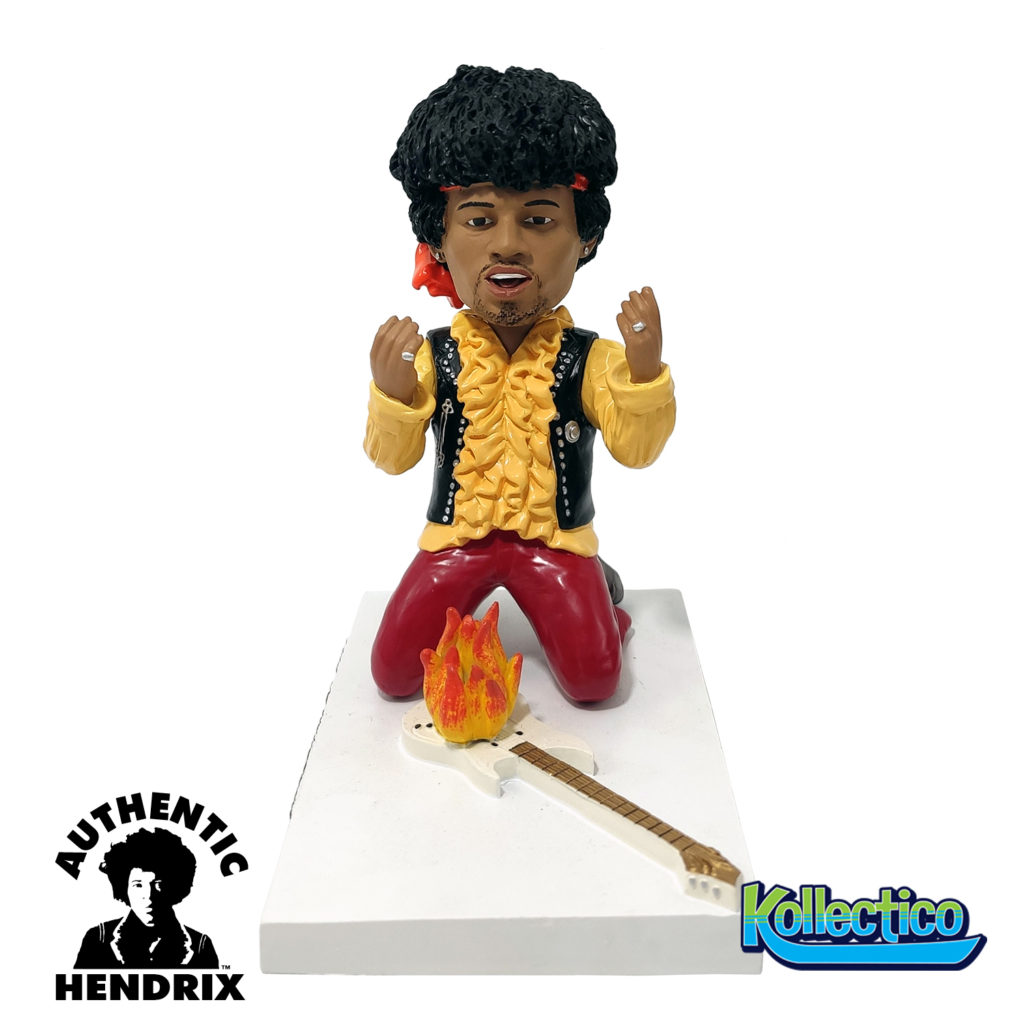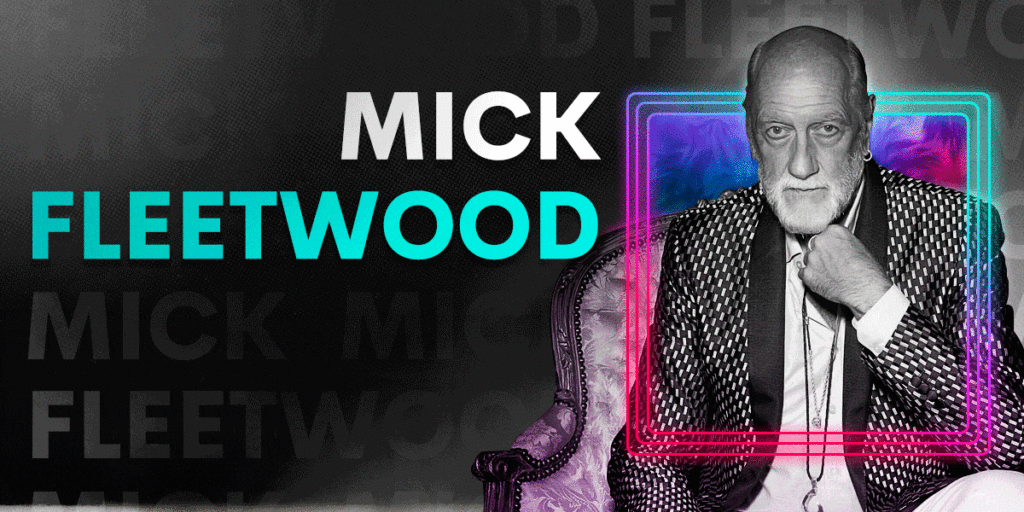
Regular readers of this blog know I’m a big fan of merch – logo wear and other products that your audience wears or carries with pride. Since the dawn of Top 40 radio, radio station T-shirts and hats have been commonly produced, sold, and/or given away at events and other gatherings to enthusiastic fans.
When great stations take the time to strategize their merch marketing, and if they have a good system of producing and selling it, there’s a lot of money to be made. But there are a lot of “if’s” there.
If it were that easy, why don’t more stations commit to extensive and attractive lines of clothing and merchandise, similar to brands like sports teams, athletic wear, guitars, and even fast food? Launching a successful merch program requires research, brainstorming, design, investment, and infrastructure. Done well, a merch program can check off all the key boxes.
The data back that up. In Techsurvey 2019, we asked our radio-centric sample about their inclination to purchase merch from their favorite stations, if it were available. Here’s what we learned:

Overall, one in three of our radio fans say they’d be interested in buying logo products from their P1 station – or they already own some. And when we looked at this question by format, Urban fans were the most enthusiastic about station merch, followed by devotees of Variety Hits, CHR, Country, and Classic Rock (all 30% or above).
Those are promising numbers that could provide radio stations with more cash and higher visibility as the year rolls on – both of which are desirable. But what can go wrong? What kind of merchandizing isn’t so desirable, resulting in disappointing demand and sales, or worse – the brand getting dinged by producing and marketing something that proves to be embarrassing?
Fashion is subjective, of course. We don’t all like the same shirts, hats, and other items. But it’s when brands overreach, they can get into some trouble.
If you believe in the notion we can learn just as much by what stiffs as what works, I’ve got some examples of what not to do. When it comes to wrong-headed, ugly, and strange merch concepts, there is no shortage of examples:
Pizza Hut’s “Tastewear”
If a picture speaks 1,000 words, the one at the top of this post is a mouthful.
I’m no pizza expert. Here in Detroit, pizza connoisseurs swear by Buddy’s. And I know most metros have their preferred local brands that have their rabid fans.
But Pizza Hut?
My sense of this chain is that their pizza is acceptable, but not exceptional. And most pizza lovers aren’t going to celebrate this new line of clothing and merch.

But that’s not all. Not only is Pizza Hut’s branded clothing questionable at best, the goods just don’t cut it. I’m not the fashion police by any stretch, but this stuff looks more like Halloween costumes than something you’d wear to a card game, a barbeque, or a night out with friends.
Lindsay Morgan, CMO for Pizza Hut, says its new “Tastewear” line of merch targets core fans – especially younger ones. She tells Nation’s Restaurant News the campaign is a nostalgia grab, featuring clothing and other items based on the “iconic Pizza Hut styles and colors.”
Good luck.
Jimi Hendrix Bobbleheads
No doubt about it, collectibles are hot. And bobbleheads have become bigger and more longer lasting than even Beanie Babies, especially in the world of sports.
Add in nostalgia and Classic Rock, and you’ve got an unbeatable formula for selling merch.
Or maybe not.
Nearly 54 years (not a round number anniversary) after that famous Monterey Pop Festival, Kollectico is ready to cash in by seemingly doing the unthinkable:

They’ve made a commemorative Jimi Hendrix bobblehead – 5.5″ of him. But that’s not all. The new “limited edition keepsake collectible bobblehead” depicts Hendrix setting his guitar on fire as he first did on that Monterey stage.
Of course, there will only be 1,967 (yes, the year that festival took place) of these “hand-sculpted, 100% hand-painted” mementos.
You can preorder them here. While they last… or spontaneously combust.
(I just checked – 10 weeks after going on sale, you can still buy one for $50).
A Mick Fleetwood Cameo
Have you heard about Cameo? It’s a clever present for anyone who’s a fan of a favorite athlete, actor, or musician. For a set fee, your desired celebrity will record a personalized video greeting just for you – especially suitable for birthdays and other celebrations. People love these things – it brings them closer to their idols in a personalized way.
When you peruse the Cameo website, the prices are all over the place. Some reality TV “stars” will record your greeting for as low as $9. Gilbert Gottfried will do your video for $175, Mark McGrath (Sugar Ray) can be had for $90, and Sarah Palin will set you back $199. Those are pretty economical “brushes with fame.”

But the newest Cameo celebrity is one of rock n’ roll’s elite, a guy who’s made millions and millions from decades of platinum album sales, selling out thousands of arena shows, and moving tons of merch.
Mick Fleetwood, iconic leader and drummer of the eponymous Fleetwood Mac can be had on cameo for a grand – that’s right, $1,000. Fleetwood isn’t just another ancient rocker – he’s a rock god, one of the most successful artists of all time.
And he’s selling Cameos for a grand a pop?
It’s demeaning, and even a sell-out for an artist who has spent decades near the top of the pyramid. Like he needs the dough? One thousand dollars at a time from his biggest fans.
We’ve all gotten accustomed to the notion that everyone is a brand. That’s the way the world works. And Fleetwood is exploiting his brand equity. But aren’t there better ways to do this?
Do a podcast. Or put out a solo album. Or collaborate with people – maybe drummers – you’ve always wanted to work with. Or work with K-12 school music programs. Or maybe even be a philanthropist and support your pet causes. Or put out a bobblehead.
No one’s denying Fleetwood – or any other Classic Rock music idols – the opportunity to cash in on his fame. But there has to be better ways to do it than this.
Now, some of you reading today’s post may take exception to it – and me. After all, no one is being harmed by tacky marketing. In fact, some of you may find this stuff to be cute, kitschy, or even clever.
Maybe you like the fashion statement made by donning Pizza Hut duds. Or you think the Hendrix bobbleheads are cute. Or maybe you’d love to book Mick Fleetwood for a thou on Cameo.
And I get it – merch is in the eye of the beholder.
So is good taste. Or the lack of it.
- How Will Radio Fare In The Battle For The Fourth Screen? - April 3, 2025
- Like A Pair Of Old Jeans - April 2, 2025
- What’s Fair Is Fair - April 1, 2025




Hey Fred,
in the latter days of my tenure of 29 years at Magic 102.7 Miami, I saw the premiums we gave away go from high end cool stuff to junk:
squeeze stress balls, pens. we were allocated 2-3 tee shirts for the remotes and sometimes we gave away tickets to events that had free admission.
my observation is, if you’re spending money on logo items, I think the best for station promotion are HATS…as you can wear them every day. Tee shirts, maybe the listener will wear it every few weeks as it goes in the laundry, hats or visors can get get worn every day,
how about digital prizes? like a link to a download of songs or station promo content.
JJ
Good comments, Joe. It is easy to test designs and concepts with a simple Listener Advisory Board group or two. Total cost: pizza, soda, and a little swag. Given how much money is on the line if you get it wrong, it’s just smart.
Learning that one of rock’s greatest drummers is flogging cameos calls to mind a Cream song: What a Bringdown. At least Hendrix departed too early to be blamed for the bobblehead.
Decent merch, on the other hand, can become a collectible. Maybe my KSAN “Jive 95” T-shirt won’t fund my retirement, but it’s a treasured reminder of when San Francisco radio truly demonstrated greatness.
Those radio T-shirts from the 60s and 70s (that aren’t car wash rags) have lot of value, sentimental and in some cases, as collectors items. Thanks, John.
You ask why do stations not merchandise more?
Margins.
Companies want big earnings on each dollar. As stations are not set up in stores etc (perhaps less so these days) you need high markup for retail outlets to stock. And then you need inventory and fulfillment. That cost money as well.
That’s nit the business stations are in once Wall Street came in.
WMMS made a small fortune merchandising their logo wearables in the 70s. Even had a graphic designer working full time (who I give as much credit as the success of the station as the Programming Staff. Perhaps more).
Wall Street wants to see how much you earned on each dollar. Hidden cost in merchandising just drag those margins down too low.
With Radio Revenue not keeping up with GDP this Century, Companies would rather focus on selling “freebie” time with no acquisition costs than merchandise with all the added costs.
My 2 cents.
That may be part of it, Randy, But these days, few are laughing at the prospect of netting a few thousand bucks. I think a bit part of the barrier is a lack of time and shortage of support staff to fulfill. It’s a shame because stations could use any kind of marketing possible.
And now Rudy Giuliani is selling Cameo videos. Wonder if Mick regret doing this.